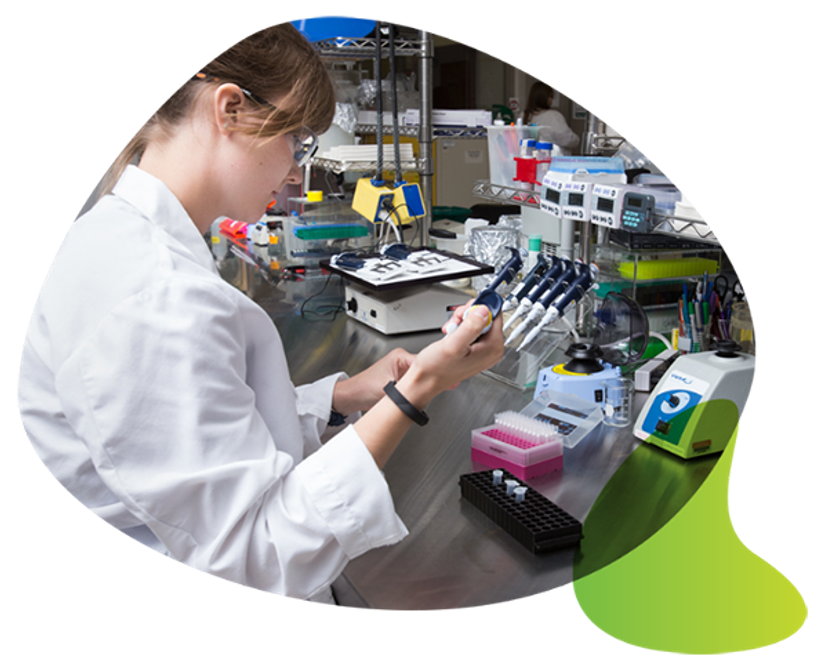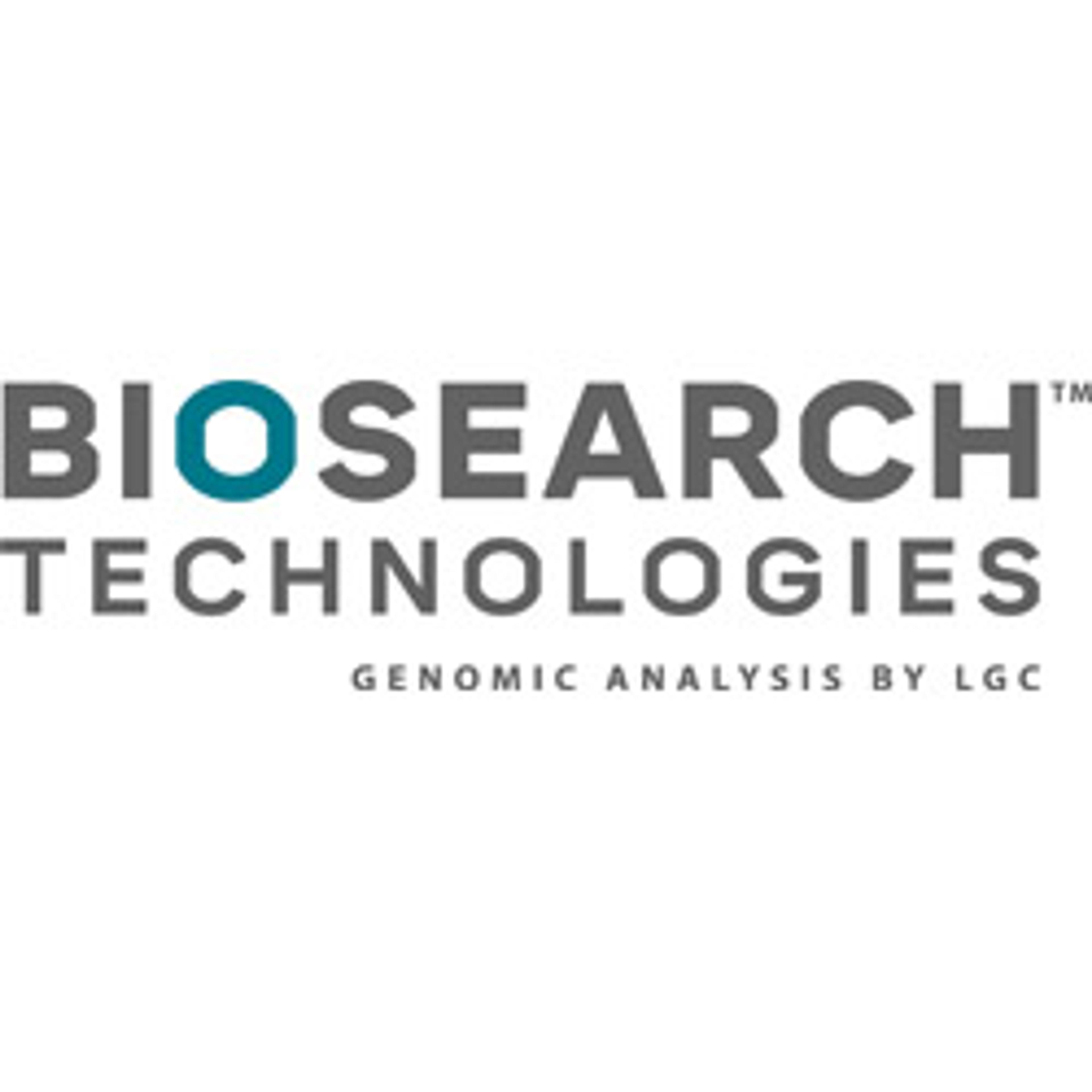Globalization presents challenges and opportunities in infectious disease outbreak preparedness
How is globalization impacting the transmission of infectious diseases and what response is required from global health networks for greater security?
26 Sept 2023

Globalization, in its essence, has revolutionized our world by connecting individuals, communities, and nations across borders. This phenomenon has brought with it enhanced economic opportunities and an increase in cultural exchange, but in the case of infectious disease control, it also creates a potential for both existing and emerging communicable diseases to spread faster and further.
There is, however, a more positive outlook to globalization in this context. With increased travel links and contact between world regions comes a greater capacity for those same regions to work together and improve global health security.
Speaking with Prof. Tim McHugh, Professor of Medical Microbiology and Director of the UCL Centre for Clinical Microbiology, and Dr. Jim Huggett, Visiting Professor in Analytical Microbiology, University of Surrey, whose joint efforts have led to significant advances in tuberculosis (TB) and tropical disease diagnosis and treatment strategies1-5, as well as the global COVID-19 pandemic response6-9, we discuss the acceleration of infectious disease transmission caused by globalization, the implications for global health security, and the response required.
What do we mean by globalization in the context of infectious diseases?
For the infectious disease scientist, globalization has had a profound impact on the way we monitor, respond to, and develop strategies to mitigate the spread of infectious agents. With the increase in human mobility and the exchange of goods throughout the world, microorganisms can now transverse communities and borders more easily than ever before.
“Over the last 20 or 30 years, I’ve witnessed places that we would consider to be isolated communities become transformed with the advent of mobile devices and an increase in transport links due to the rise in global need for certain resources such as palm oil or rare minerals,” shares Prof. McHugh. “This brings people into direct contact with these once pocket communities and in turn, increases the risk of exposure to novel and emerging pathogens."
COVID-19 is one of the most prominent examples of rapid disease propagation, with the SARS-CoV-2 outbreak declared a Public Health Emergency of International Concern on January 30, 2020, progressing to a global pandemic only a few months later on March 11, 202010. Undoubtedly, the virus’ ease of transmission through short-range aerosols and direct contact was a significant factor in its ability to spread. However, more research is now being conducted to understand the role of globalization and the geography of economic relations as a main driver – with some even considering COVID-19 as the first real pandemic of the age of globalization11.
Driven by the need to reach communities where secondary care or tertiary referral hospitals aren’t immediately available, we are seeing a big push towards point-of-care devices and at-home testing.
Prof. Tim McHugh
Professor of Medical Microbiology and Director of the UCL Centre for Clinical Microbiology
The role of global health networks
Paradoxically, the enhanced exchange of information and resources afforded by the very globalization that facilitates pathogen spread, provides us with an opportunity to take a more coordinated approach to tackling the threat of future pandemics. Countries can now share data, research findings, and best practices more easily than ever before, allowing for faster and more effective disease surveillance, detection, and response. There can, however, be a tendency for us to think about globalization in this context as being one directional. In other words, the progression of ideas and technology from high-resource to low-resource regions. Prof. McHugh and Dr. Huggett emphasize the need to challenge this concept.
“Global communication through international partnerships, whether they are government initiatives or simply a movement of ideas via academic networks, is really important. But, I think it’s vital to realize that knowledge exchange can no longer be unidirectional,” explains Prof. McHugh. “It's no longer a global north to global south transmission of ideas. Development that goes in both directions provides the best synergy, and I think that's really significant.”
“A recommendation on outbreak preparedness, whether that be guidance on screening programs or frontline diagnostic testing, can’t be a one-size-fits-all approach. A detailed understanding of a region’s political, economic, and social situation is needed, as well as its geography in terms of ease of medical transport,” Dr. Huggett continues. “Such an understanding can only be had through proper communication between global health networks and local healthcare providers.”
Prof. McHugh goes on to share his work as part of the Pan-African Network for Rapid Research, Response, Relief and Preparedness for Infectious Disease Epidemics or PANDORA-ID-NET12 as an example of global health networks taking this more holistic approach. “PANDORA is a multidisciplinary ‘One Health’ initiative that supports broad themes in addressing the response to emerging infections in Africa, supporting this through capacity development and training. Crucially, we engage and fully involve Africa’s politicians, policy makers, and public health agencies at the highest level, including the Africa CDC, Nigeria CDC, African Union, and the African Society for Laboratory Medicine (ASLM), as well as global public health agencies like FIND, at all stages of our program,” he explains.
The value of molecular diagnostics in this response

In the face of an outbreak, an accurate and timely diagnosis provides critical information for scientists and healthcare professionals to understand the disease transmission dynamics, design effective containment and treatment strategies, and monitor the development of antimicrobial resistance characteristics which could threaten the efficacy of control measures.
Central to this response are advances in molecular diagnostic techniques, with PCR often considered as the gold standard. But, as Dr. Huggett explains, when looking at global health strategies, one must also acknowledge gaps in available expertise and disparities in infrastructure between different world regions. “Driven by the need to reach communities where secondary care or tertiary referral hospitals aren’t immediately available, we are seeing a big push towards point-of-care devices and at-home testing through lateral flow devices and or automated decentralized molecular diagnostic instruments that do not require an advanced laboratory,” he explains. “However, the challenge here is not inducing a loss of expertise, as we still need to drive training of microbiologists to scrutinize the consistency and sensitivity of these tests, and to ensure the outputs are interpreted and acted on in the right way. This is where a huge effort on standardization is needed.”
Moving forward, Prof. McHugh and Dr. Huggett stress a major focus of global healthcare networks, local healthcare centers, and diagnostic test manufacturers alike needs to be based on this requirement for scrutiny. They emphasize the need to have the right expertise involved early on during molecular diagnostic assay design and development, and the importance of having a fundamental understanding of the target of interest and experimental conditions.
“When you look at the level of regulations in the study of new therapeutics and vaccines, they are rigorous. That’s because a side effect may lead to a serious and acute adverse event when given to a patient. With a diagnostic test, it is a bit different – if it fails, the test itself doesn’t directly cause the adverse event, the disease does so it is more subjective. In a clinical setting, it’s also the role of the physician to diagnose the patient, the test is just a component of that decision,” explains Dr. Huggett. “But as we drive the use of molecular diagnostics forward and closer to the patient, especially in times of outbreak, we are becoming more dependent on that single result – and that demands more inquiry.”
“If you are on the brink of a pandemic, and you want the primary diagnostic test to stop the spread of the pathogen, it’s important that it is as accurate as possible. We need to take this more seriously, and we need to spend more time scrutinizing diagnostic tests and providing more support in their development,” Prof. McHugh adds. “This is where global health networks can intervene and provide the tools to support diagnostic manufacturers and end users in really understanding the biology of the pathogen, the analytes of focus, and the regional context in which they will be deployed.”
References
Devonshire, A.S., O’Sullivan, D.M., Honeyborne, I., et al. The use of digital PCR to improve the application of quantitative molecular diagnostic methods for tuberculosis. BMC Infect Dis. 2016 Aug 3;16:366. doi: 10.1186/s12879-016-1696-7
Devonshire, A.S., Honeyborne, I., Gutteridge, A., et al. Highly reproducible absolute quantification of Mycobacterium tuberculosis complex by digital PCR. Anal Chem. 2015 Apr 7;87(7):3706-13. doi: 10.1021/ac5041617
Busby, E.J., Doyle, R.M., Babe, C.l. et al. Evaluation of Matrix-Assisted Laser Desorption Ionization-Time of Flight Mass Spectrometry for Molecular Typing of Acinetobacter baumannii in Comparison with Orthogonal Methods. Microbiol Spectr. 2023 Jun 15;11(3):e0499522. doi: 10.1128/spectrum.04995-22
Olbrich, L., Nliwasa, M., Sabi, I., et al. Rapid and Accurate Diagnosis of Pediatric Tuberculosis Disease: A Diagnostic Accuracy Study for Pediatric Tuberculosis. Pediatr Infect Dis J. 2023 May 1;42(5):353-360. doi: 10.1097/INF.0000000000003853
Perumal, P., Abdullatrif, M.B., Garlant, H.N., et al. Validation of Differentially Expressed Immune Biomarkers in Latent and Active Tuberculosis by Real-Time PCR. Front Immunol. 2021 Mar 16;11:612564. doi: 10.3389/fimmu.2020.612564
Huggett, J.F., Benes, V., Bustin, S.A., et al. Cautionary Note on Contamination of Reagents Used for Molecular Detection of SARS-CoV-2. Clin Chem. 2020 Nov 1;66(11):1369-1372. doi: 10.1093/clinchem/hvaa214
Peterson, E., Hui, D., Hamer, D.H., et al. Li Wenliang, a face to the frontline healthcare worker. The first doctor to notify the emergence of the SARS-CoV-2, (COVID-19), outbreak. Int J Infect Dis. 2020 Apr;93:205-207. doi: 10.1016/j.ijid.2020.02.052
Elton, L., Hamid, M.M.A., Tembo, J., et al. A pandemic within a pandemic? Admission to COVID-19 wards in hospitals is associated with increased prevalence of antimicrobial resistance in two African settings. Ann Clin Microbiol Antimicrob. 2023 Apr 13;22(1):25. doi: 10.1186/s12941-023-00575-1
Peterson, E., Ntoumi, F., Hui, D.S., et al. Emergence of new SARS-CoV-2 Variant of Concern Omicron (B.1.1.529) - highlights Africa's research capabilities, but exposes major knowledge gaps, inequities of vaccine distribution, inadequacies in global COVID-19 response and control efforts. Int J Infect Dis. 2022 Jan;114:268-272. doi: 10.1016/j.ijid.2021.11.040
Cucinotta, D., and Vanelli, M. WHO Declares COVID-19 a Pandemic. Acta Biomed. 2020 Mar 19;91(1):157-160. doi: 10.23750/abm.v91i1.9397
Jeanne, L., Bourdin, S., Nadou, F., and Noiret, G. Economic globalization and the COVID-19 pandemic: global spread and inequalities. GeoJournal. 2023; 88(1): 1181–1188. doi: 10.1007/s10708-022-10607-6
Pan-African Network for Rapid Research, Response, Relief and Preparedness for Infectious Disease Epidemics or PANDORA-ID-NET: https://pandora.tghn.org/one-health/
What makes a good molecular diagnostic great?
From R&D and validation to scaling-up with confidence and keeping on top of the latest quality requirements, the field of molecular diagnostics is fraught with challenges. SelectScience, in partnership with LGC Biosearch Technologies, has been exploring those challenges in more detail and the solutions available to support pioneering diagnostics in advancing global health.


